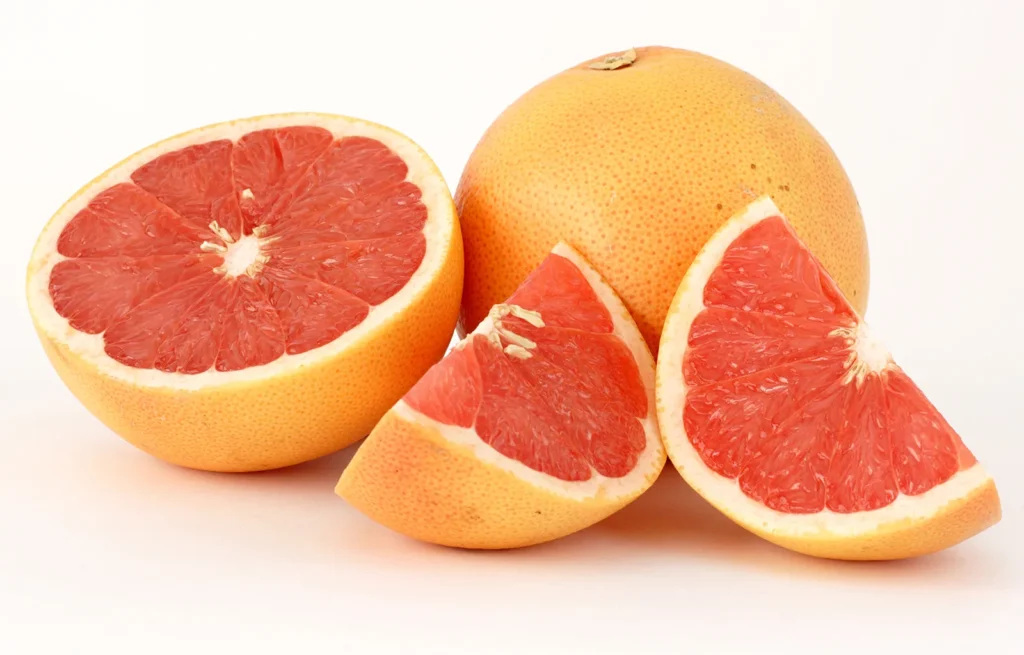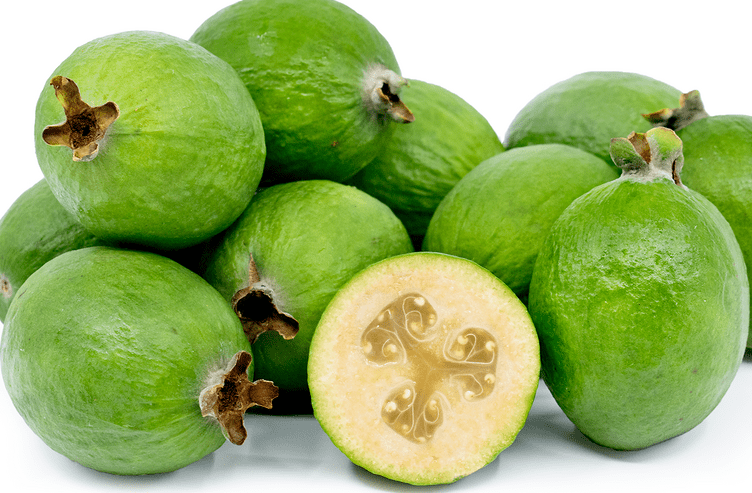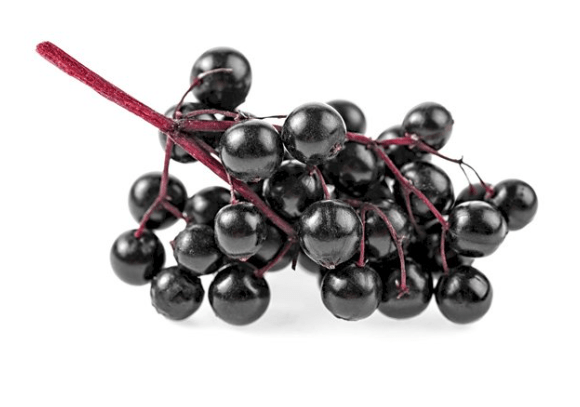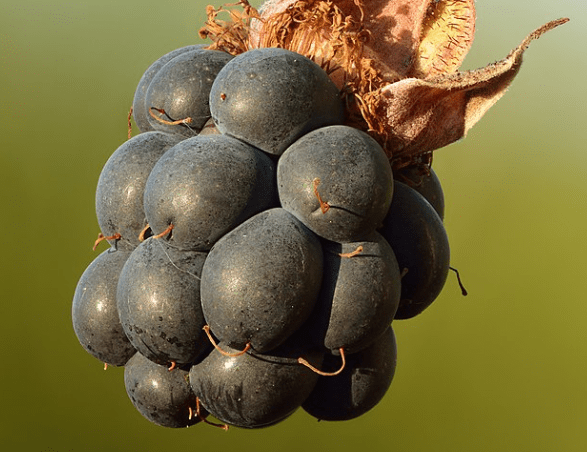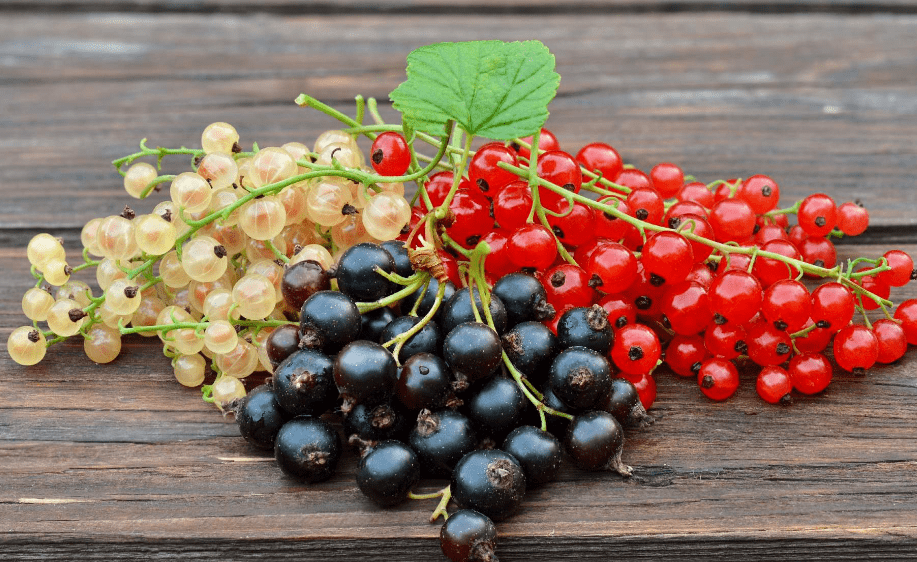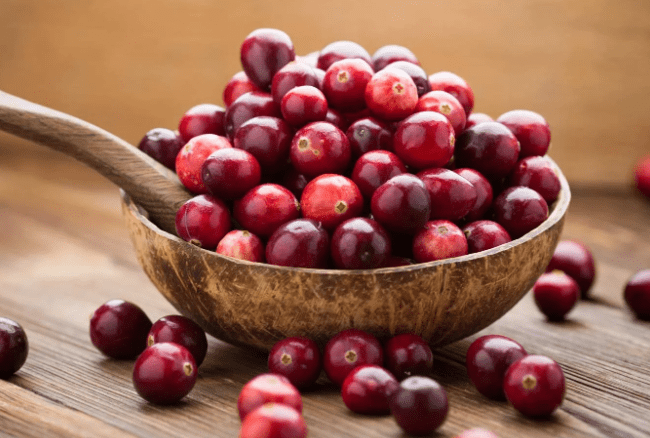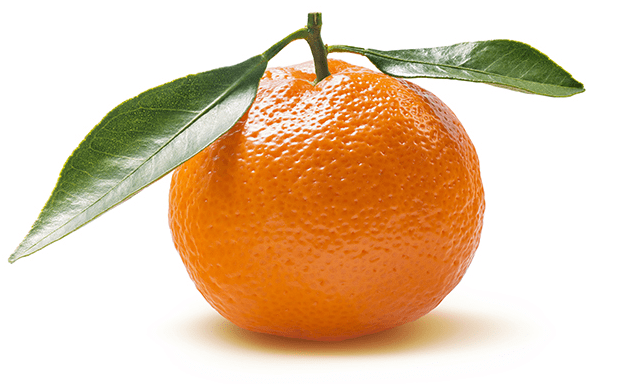Grapefruit
Description The fruit has a diameter that varies from 100 to 150 mm, depending on the variety and the growing environment. Its pulp often has a distinctively gently acidic flavor and is light yellowish, delicate, and packed with juice. Several types feature pulp that is pink or crimson. Varieties The most well-known grapefruit cultivar available […]


